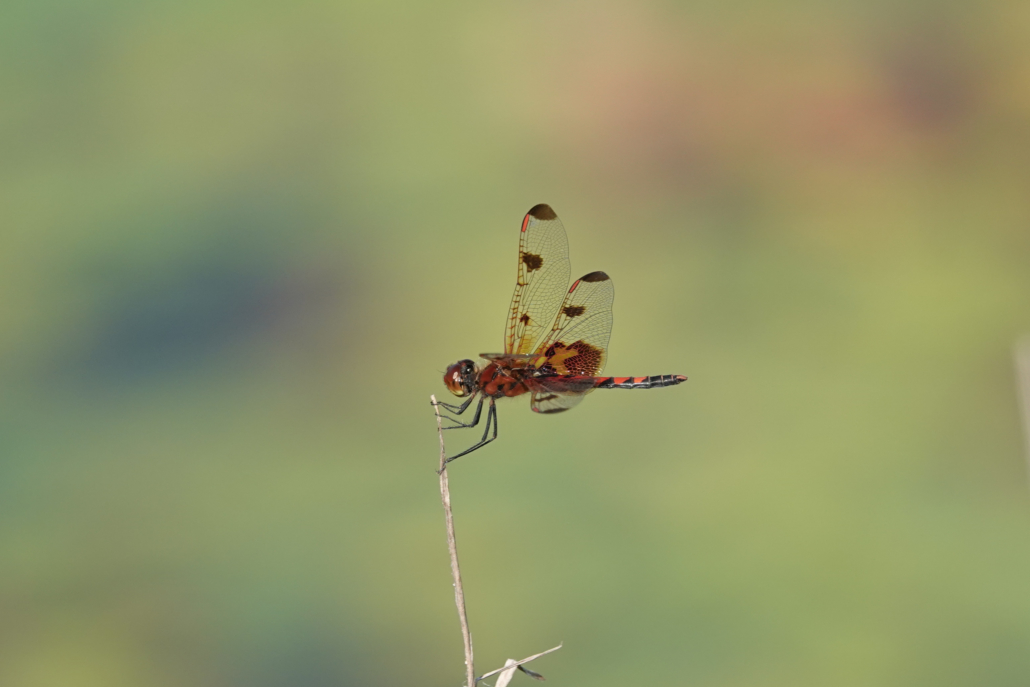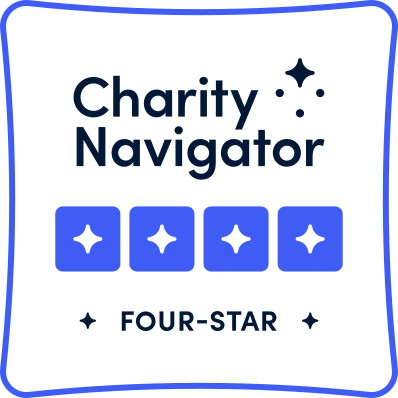The only way to know which species are doing okay and which are in trouble is to monitor populations over long periods of time. It can take decades to collect enough data to say with any confidence that a given species is declining. It’s never too late and the best time to start collecting data is now!
There are very few long-term data sets on dragonfly populations so in 2021 we launched two annual dragonfly counts, the Clifton Institute Dragonfly Count and the Rappahannock County Dragonfly Count, each of which are held in June. Our goals are to monitor the populations of these charismatic and readily identified insects and to generate interest in dragonflies and damselflies. For these counts we work with volunteers to survey a 10-mile-diameter circle for dragonflies and damselflies. Both count circles have a wide variety of wetland habitats and we’ve recorded a remarkable diversity of dragonflies. We are always looking for volunteers and you can sign up on our calendar here (you can use the Program Type drop-down menu and filter by Community science). If you’d like to see what we’re learning, you can find the data here:
Clifton Institute Butterfly Count Data
Clifton Institute Dragonfly Count Data
Rappahannock County Dragonfly Count Data
We also coordinate volunteers to participate in two two nation-wide counts, the North American Butterfly Association butterfly count in July and the Audubon Christmas Bird Count in December. You can find those counts on our calendar here (you can use the Program Type drop-down menu and filter by Community science). We will be posting the data from these counts soon!
Finally, we champion the use of eBird and iNaturalist to document Virginia’s biodiversity. You can also contribute to science by submitting observations to our iNaturalist project (you can check out recent observations to the right). Or you can submit checklists to our eBird hotspot, which is currently the most diverse hotspot in Fauquier County!



